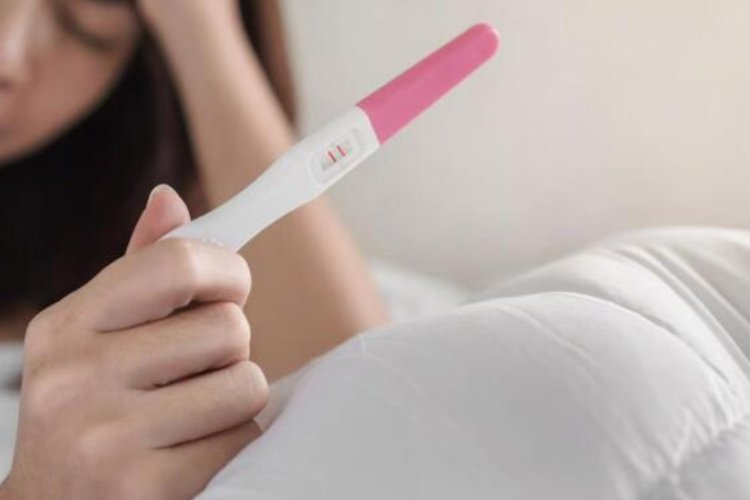Surgical sterilization rates rose after fall of Roe v. Wade
Surgical sterilization rates rose after fall of Roe v. Wade

**Increased Rates of Tubal Sterilization Following Abortion Restrictions**
Following the Supreme Court’s June 2022 ruling in Dobbs v. Jackson Women’s Health, which led to abortion bans in several states, the rate of tubal sterilization—where the fallopian tubes are tied, cut, or removed—rose by an average of 3% per month in those states. This increase persisted for six months after the ruling.
Lead researcher Xiao Xu, a health outcomes expert at Columbia University Irving Medical Center, emphasized that the Dobbs ruling and the resulting state laws that restrict or ban abortion might influence women's contraceptive choices. Xu highlighted the significant and irreversible nature of surgical sterilization, noting its long-term implications for women.
These findings were published on Wednesday in the Journal of the American Medical Association. Xu and her team analyzed sterilization rates before and after the Dobbs decision, focusing on approximately 4.8 million women across 36 states and Washington, D.C.
The study revealed a consistent 3% monthly increase in tubal sterilizations in states with abortion bans post-Dobbs. A similar but less pronounced increase was observed in states that imposed restrictions without fully banning abortion, though this trend did not reach statistical significance. No significant rise in sterilization rates was noted in states where abortion access remained unchanged.
In related research, a study from the University of California, San Francisco (UCSF) suggests that tubal sterilization may not be a foolproof method of preventing pregnancy. Published on August 27 in NEJM Evidence, the study found that between 3% and 5% of women who underwent tubal ligation later experienced an unplanned pregnancy. Dr. Eleanor Bimla Schwarz, UCSF's chief of general internal medicine and lead researcher, stated, “This study indicates that tubal surgery cannot be regarded as the most reliable method of pregnancy prevention.”







